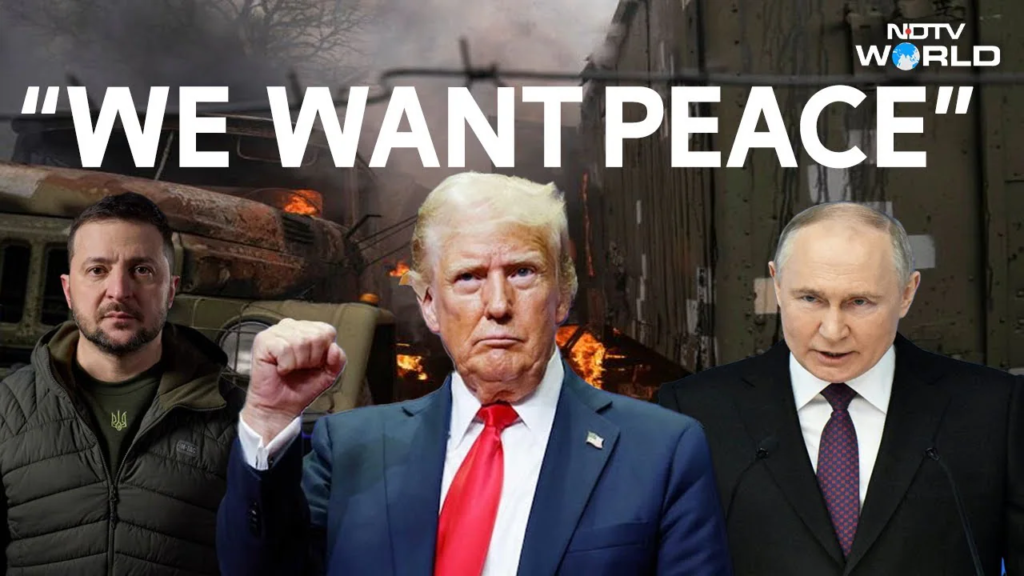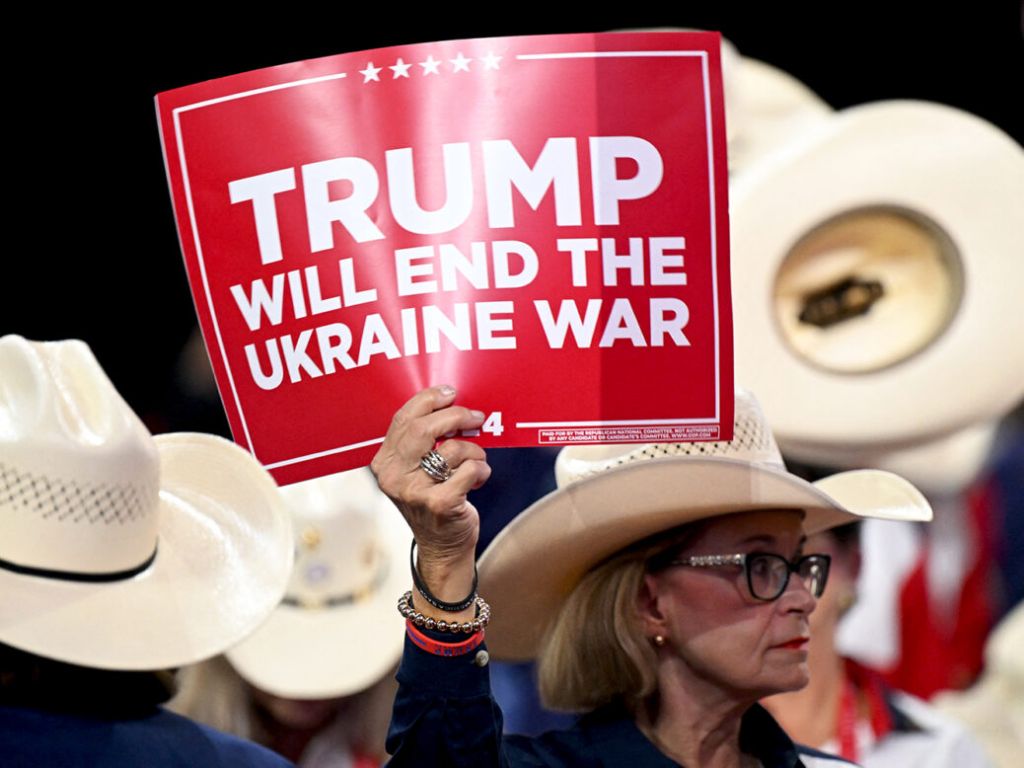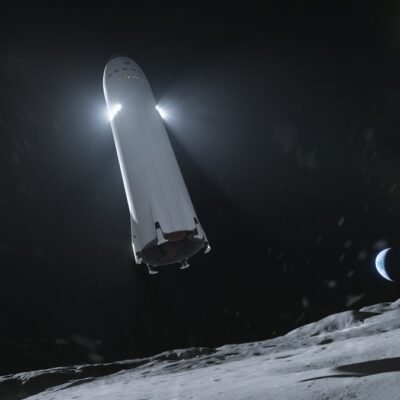In recent weeks, the Ukraine-Russia conflict has taken center stage in U.S. foreign policy, with President Donald Trump leading efforts to broker a ceasefire. As the war enters its fourth year, Americans are closely watching how these developments could shape global stability, U.S. alliances, and even domestic politics. From high-stakes phone calls with world leaders to new military aid packages, the U.S. is navigating a delicate balance between supporting Ukraine and pushing for peace. Here’s a closer look at the latest developments, why they matter, and what’s at stake for the United States.

Trump’s Bold Moves to End the War
Since taking office for his second term, President Trump has made ending the Ukraine-Russia war a priority. On May 19, 2025, Trump held a two-hour phone call with Russian President Vladimir Putin, which he described as “excellent.” The call aimed to kickstart ceasefire negotiations, with Trump announcing that both Russia and Ukraine would begin talks immediately. However, the Kremlin has not committed to a timeline, and Putin has maintained Russia’s hardline demands, including control over annexed territories like Crimea and a ban on Ukraine joining NATO.
Trump’s approach has sparked both hope and controversy. He’s framed himself as a dealmaker who can bring peace, a promise he made during his campaign when he claimed he could end the war in “24 hours.” Yet, his insistence that Ukraine and Russia must negotiate directly, possibly with Vatican mediation, has raised concerns among European allies who fear the U.S. might reduce its role in the peace process. Pope Leo XIV has offered to host talks, a move Trump supports, saying, “I think it would be great to have it at the Vatican.”
Despite the optimism, progress has been slow. Russia rejected a U.S.-proposed 30-day unconditional ceasefire, and Ukraine insists on a full withdrawal of Russian forces. Trump’s frustration has been evident, as he’s accused both sides of stalling. In a social media post, he urged Ukraine to meet Russia immediately to “determine whether or not a deal is possible.” This push has led to mixed reactions at home, with some Americans praising Trump’s diplomatic efforts and others worried about conceding too much to Russia.

U.S. Military Support for Ukraine Continues
While Trump pushes for peace, the U.S. has not backed away from supporting Ukraine militarily. In early May 2025, the State Department approved a $310 million sale of F-16 parts, maintenance, and training for Ukraine. This follows reports of decommissioned F-16s being shipped from Arizona to Ukraine for spare parts. Additionally, a Patriot air-defense system, previously based in Israel, is being refurbished and sent to Ukraine to bolster its defenses against Russian drone and missile attacks.
However, there have been hiccups. In late January, an order to halt 11 flights carrying artillery shells to Ukraine caught the White House off guard. The decision, reportedly influenced by Defense Secretary nominee Pete Hegseth, aimed to gain leverage in peace talks but raised questions about the consistency of U.S. support. Despite this, Trump has reaffirmed his commitment to providing equipment from previously authorized packages, signaling that military aid remains a key part of his strategy.
Ukraine’s growing military self-sufficiency, particularly in drone and artillery production, has also impressed U.S. officials. This development reduces Ukraine’s reliance on Western aid, which could strengthen its position in negotiations. However, Russian forces continue to advance in eastern Ukraine, and recent drone strikes, including one that killed nine civilians on a bus, highlight the war’s ongoing brutality.
The Minerals Deal: A New Chapter in U.S.-Ukraine Relations
A significant development in U.S.-Ukraine relations is the recently ratified minerals deal, signed in late April 2025. This agreement grants the U.S. priority access to Ukraine’s vast reserves of critical minerals like lithium, graphite, and uranium, which are essential for high-tech industries, electric vehicles, and defense manufacturing. In return, the deal absolves Ukraine of repaying billions in past U.S. military aid, though it stops short of offering security guarantees.
The deal has been hailed as a “new model of interaction” by Ukraine’s First Vice Prime Minister Yulia Svyrydenko. For the U.S., it’s a strategic move to secure resources vital for economic and defense needs. However, extracting these minerals poses challenges, especially with Russian forces occupying some resource-rich areas. Experts warn that outdated surveys and the ongoing war could delay benefits for years.
Critics in the U.S. argue the deal prioritizes economic gains over Ukraine’s sovereignty, especially since Trump’s version differs from the original proposal by Ukrainian President Volodymyr Zelenskyy, which sought security guarantees. Others see it as a pragmatic step to strengthen ties with Ukraine while addressing America’s resource needs.
Why This Matters to Americans
The Ukraine-Russia war may seem distant, but its ripple effects hit close to home. The conflict influences global energy prices, which impact gas and grocery costs for American families. A prolonged war could also strain U.S. resources, as military aid competes with domestic priorities like infrastructure and healthcare. Public support for Ukraine has waned since 2022, with polls showing 41% of Americans now believe the U.S. is doing “too much,” up from 7% at the war’s start. Among Republicans, that number exceeds 60%.

Trump’s push for a ceasefire aligns with growing war fatigue in the U.S., but his approach has critics. Former President Joe Biden recently called Trump’s pressure on Ukraine to cede territory “modern-day appeasement,” warning it could embolden authoritarian leaders. European allies share this concern, fearing a deal favoring Russia could weaken NATO and U.S. credibility.
On the flip side, Trump’s supporters argue he’s taking a realistic stance, avoiding deeper U.S. entanglement in a costly war. They point to his engagement with both Putin and Zelenskyy as evidence of strong leadership. The prisoner swap in Istanbul, where 1,000 prisoners were exchanged on each side, is seen as a small but tangible step toward de-escalation.
What’s Next for Ukraine and the U.S.?
As talks continue, the U.S. faces tough choices. Trump has warned that he may scale back mediation efforts if Russia and Ukraine don’t make progress soon. Vice President JD Vance echoed this, saying the war is “not going to end any time soon” and that it’s up to the two nations to find a solution.
European leaders are stepping up, with the EU and UK announcing new sanctions on Russia and urging Trump to maintain pressure on Moscow. The EU has also pledged to increase military aid if Russia rejects the 30-day ceasefire proposal. Meanwhile, Zelenskyy remains firm that any deal must respect Ukraine’s sovereignty, rejecting Russian demands for territorial concessions.
For Americans, the outcome of these negotiations could redefine U.S. foreign policy. A successful ceasefire could bolster Trump’s image as a global dealmaker, while failure risks escalating tensions and further dividing public opinion. As the war’s human toll mounts—evidenced by recent Russian strikes on Kyiv killing civilians—the urgency for a resolution grows.
Looking Ahead
The Ukraine-Russia war remains a complex challenge for the U.S. in 2025. Trump’s blend of diplomacy, military support, and economic deals like the minerals agreement shows a multifaceted approach, but the path to peace is far from clear. Americans will continue to watch closely, as the stakes extend beyond Ukraine’s borders to global security and the U.S.’s role on the world stage. Whether Trump can deliver on his promise to end the war remains an open question, but the coming months will be critical.
Can Trump’s Push for Peace End the Ukraine-Russia War in 2025?
Trump’s Diplomatic Efforts
- May 19, 2025: Trump’s two-hour call with Putin aimed to start ceasefire talks, described as “excellent.”
- Russia rejected a 30-day unconditional ceasefire; Ukraine insists on full Russian withdrawal.
- Pope Leo XIV offered to host talks at the Vatican, supported by Trump.
- Trump urged Ukraine to meet Russia immediately to explore a deal.
U.S. Military Support
- May 2, 2025: $310M F-16 parts and training sale approved for Ukraine.
- Patriot air-defense system from Israel to be refurbished for Ukraine.
- Temporary halt of 11 weapons flights raised concerns about U.S. commitment.
- Ukraine’s drone and artillery production reduces reliance on Western aid.
U.S.-Ukraine Minerals Deal
- Signed in April 2025, grants U.S. access to Ukraine’s lithium, graphite, and uranium.
- Absolves Ukraine of repaying past U.S. aid but lacks security guarantees.
- Challenges include Russian occupation of resource areas and outdated surveys.
Impact on Americans
- War affects global energy prices, impacting U.S. gas and grocery costs.
- Public support for Ukraine aid has dropped, with 41% saying U.S. does “too much.”
- Biden criticized Trump’s approach as “appeasement”; supporters see it as pragmatic.
What’s Next?
- Trump may scale back mediation if no progress is made.
- EU and UK push for sanctions and increased aid if Russia rejects ceasefire.
- Zelenskyy rejects territorial concessions, emphasizing Ukraine’s sovereignty.
Also read :- Consumers Embrace Eco-Friendly Tech: Sustainable Gadgets Take Center Stage in 2025





